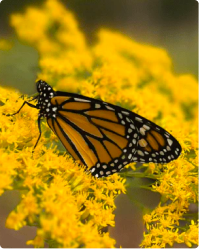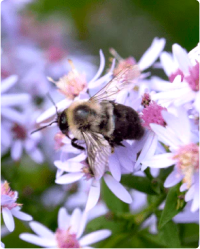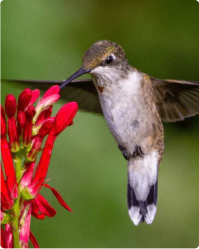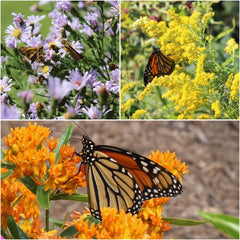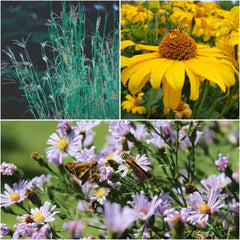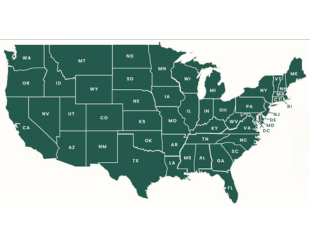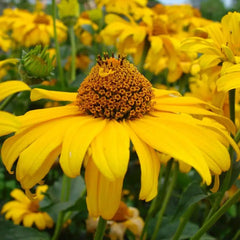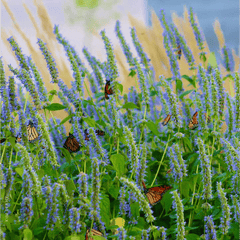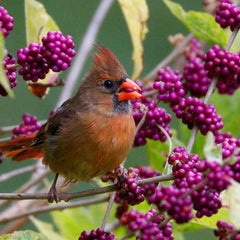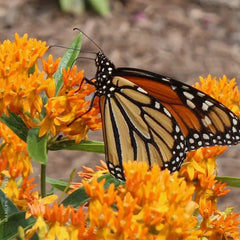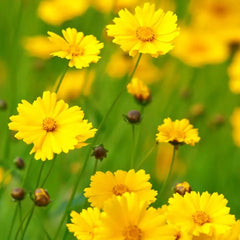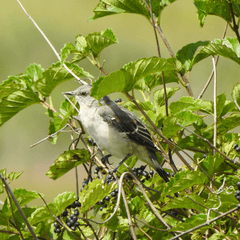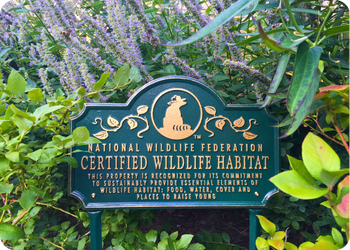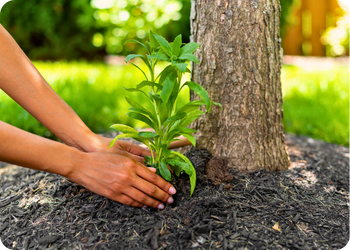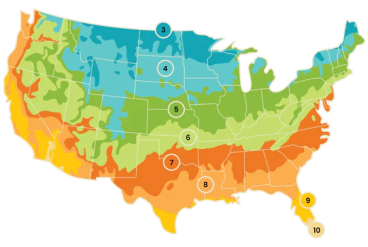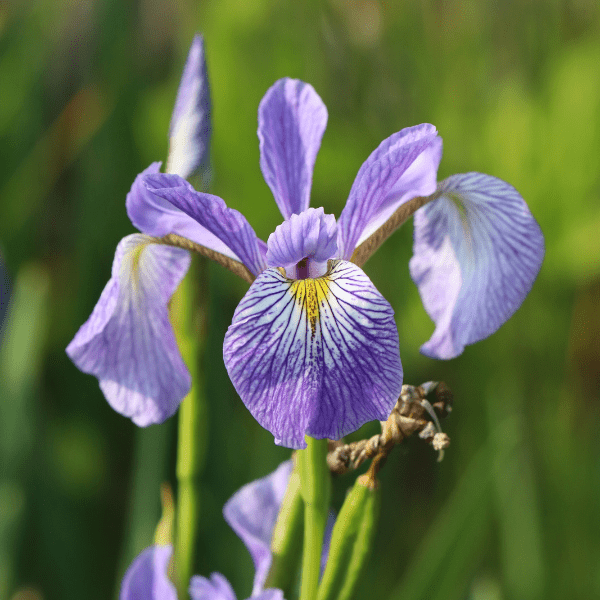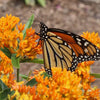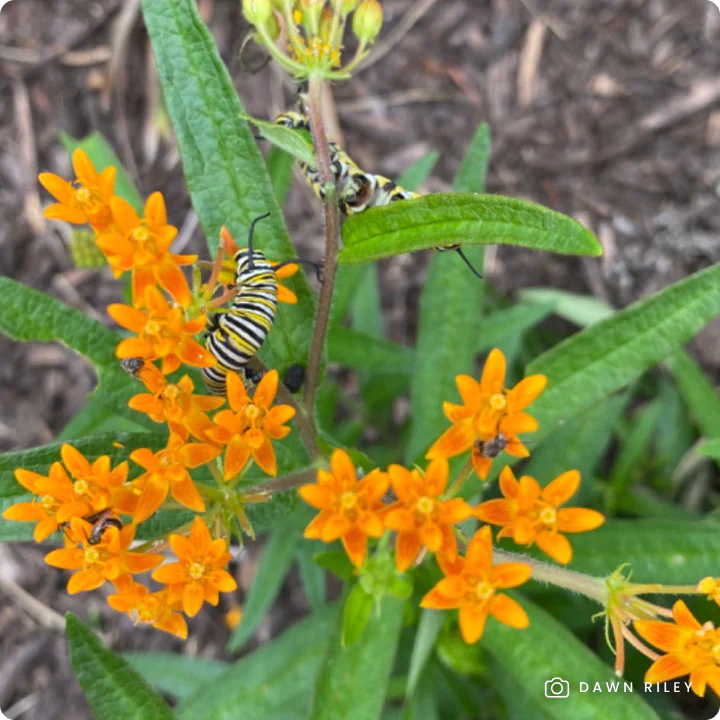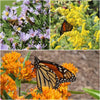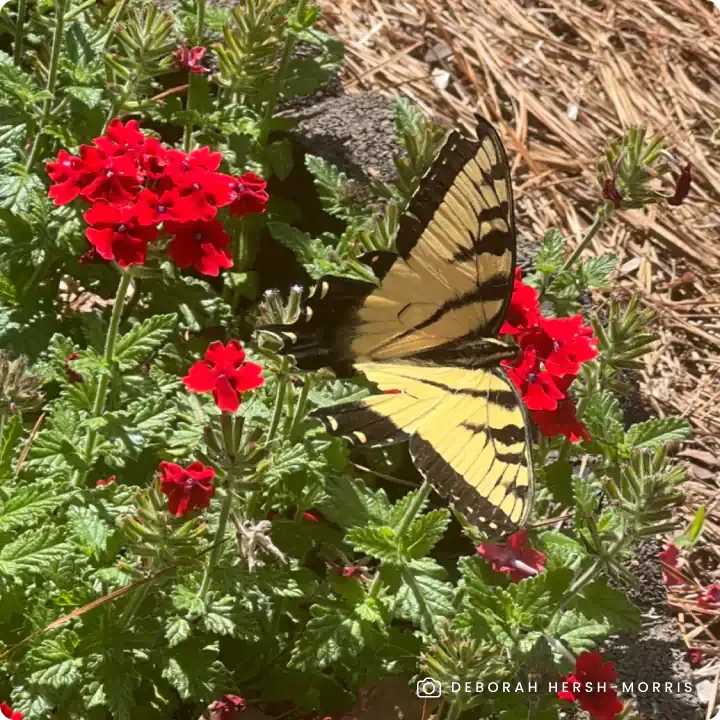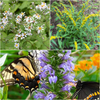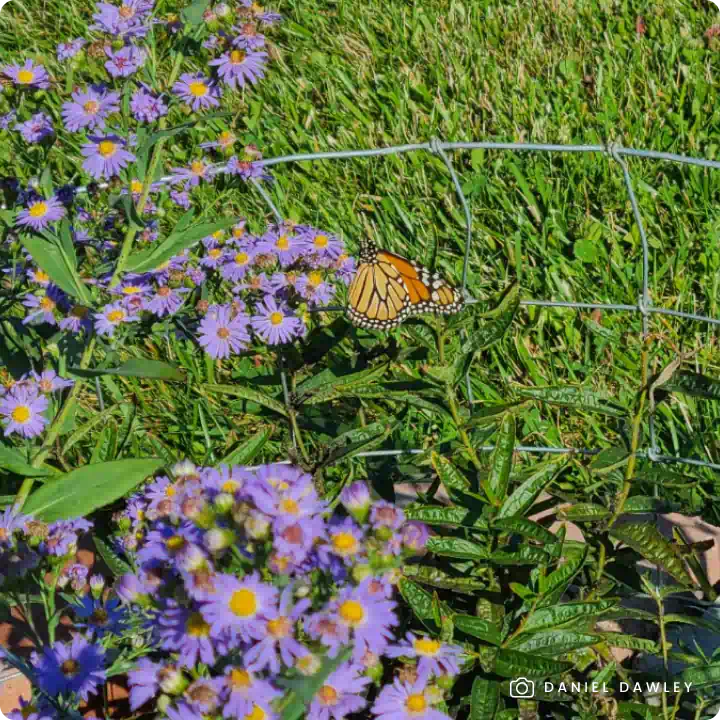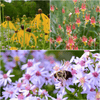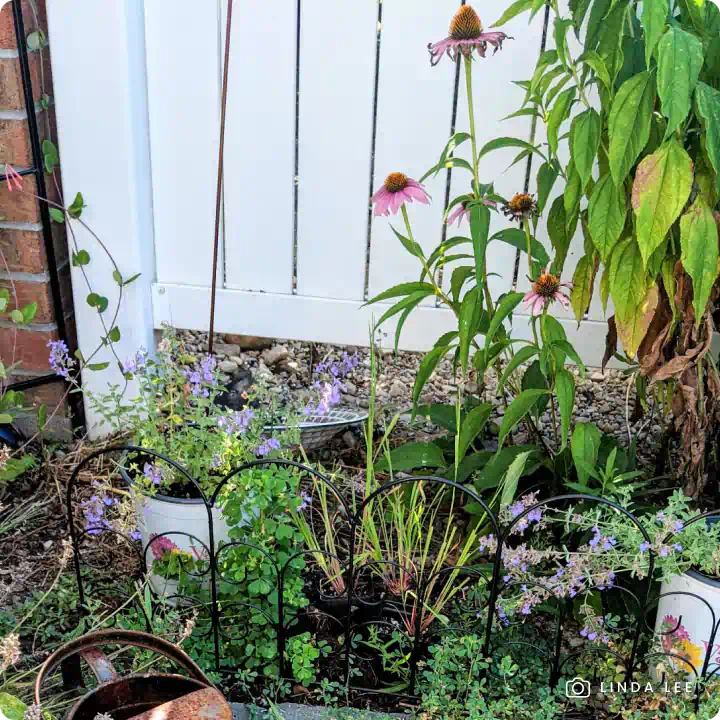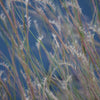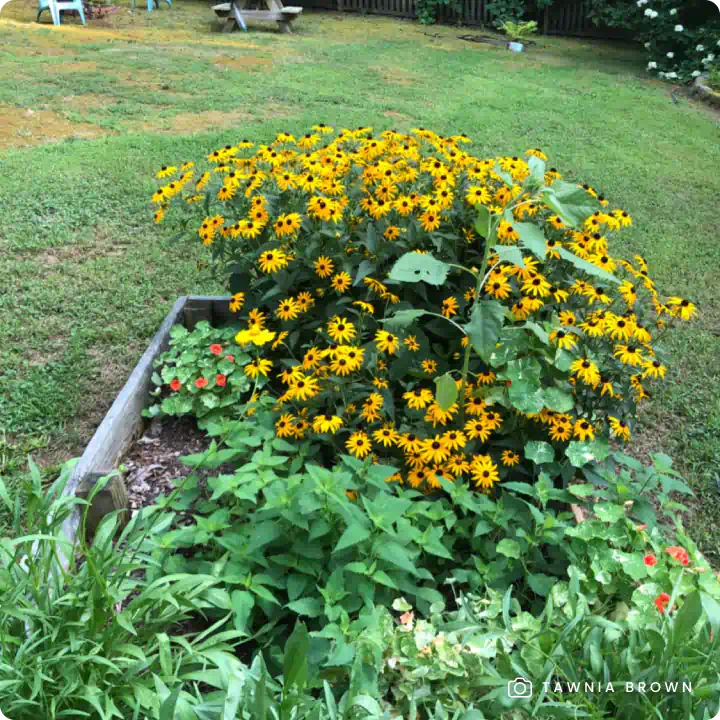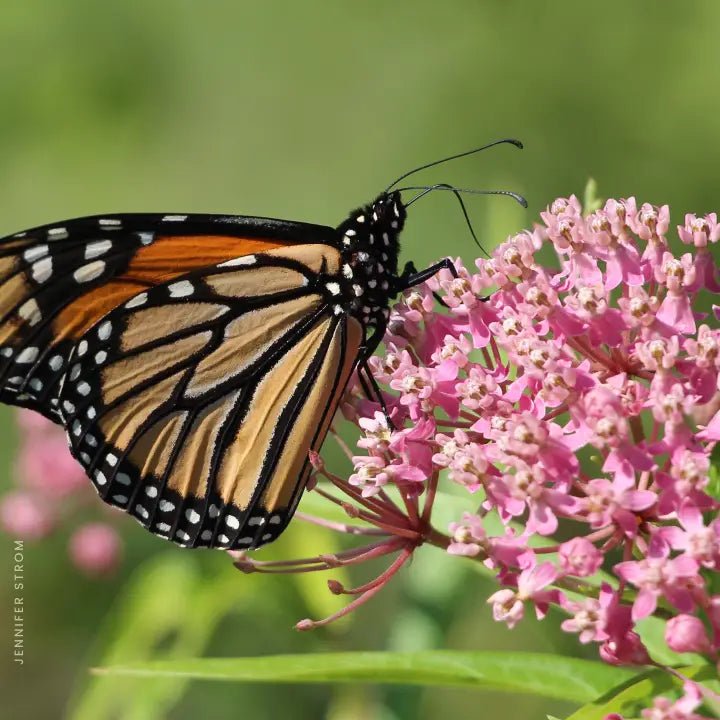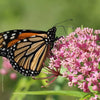Blue Flag Iris (Iris virginica) is a striking southern wetland perennial that adds elegance and ecological value to your landscape. This native plant forms dense clumps of ribbon-shaped, bright green leaves that often emerge gracefully from water, creating a lush, textural backdrop. In late spring to early summer, tall stems produce stunning violet-blue flowers that attract pollinators and add vibrant color to wetland edges, rain gardens, or partly shaded spaces.
Key Features:
- Elegant Blooms: Showy violet-blue flowers appear on tall stems, adding a dramatic flair to your garden in late spring and early summer.
- Lush Foliage: Bright green, ribbon-shaped leaves provide year-round texture and interest in wetland or garden settings.
- Pollinator Friendly: Attracts butterflies and bees with its nectar-rich flowers, supporting local pollinator populations.
- Supports Dragonflies: Great for attracting dragonflies, thrives in moist environments necessary for breeding and provides egg-laying sites and perching spots. Its presence near a water feature creates ideal habitat for all stages of a dragonfly's life.
- Low Maintenance: Pest and disease resistant, it thrives with minimal care and requires less water once established.
- Deer Resistant: Unappetizing to deer, making it a resilient choice for wildlife-friendly gardens.
- Eco-Friendly: Grown non-GMO and free of harmful neonicotinoids, promoting a healthy ecosystem for pollinators and wildlife.
Available in sets of three, six, or 12 to fit any garden size.
Why Choose Blue Flag Iris?
Blue Flag Iris is the perfect choice for gardeners looking to enhance wetland areas, rain gardens, or spaces with consistently moist soil. Its elegant flowers and lush foliage provide year-round interest while supporting pollinators and wildlife. This versatile perennial thrives in full sun to part shade, adapting beautifully to a range of garden conditions.
Planting Tips:
- Location: Ideal for full sun to part shade in wet to consistently moist soil; perfect for wetland edges, pond margins, and rain gardens.
- Watering: Requires regular watering during the first growing season to establish roots; thrives in moist or saturated conditions once established.
- Maintenance: Minimal care required. There's no need to deadhead the flowers, as allowing them to go to seed provides a valuable food source for birds. Leaving the stems standing in the fall offers overwintering sites for beneficial insects. If desired, cut back the stems in late spring after pollinators have emerged.
For more information on planting, view our How to Plant Your Native Plants guide and other planting tips in the Garden for Wildlife Learning Center.
Bring elegance and ecological value to your garden with Blue Flag Iris. Its vibrant blooms, wildlife support, and ability to thrive in wet environments make it an essential addition to any natural or sustainable landscape.
